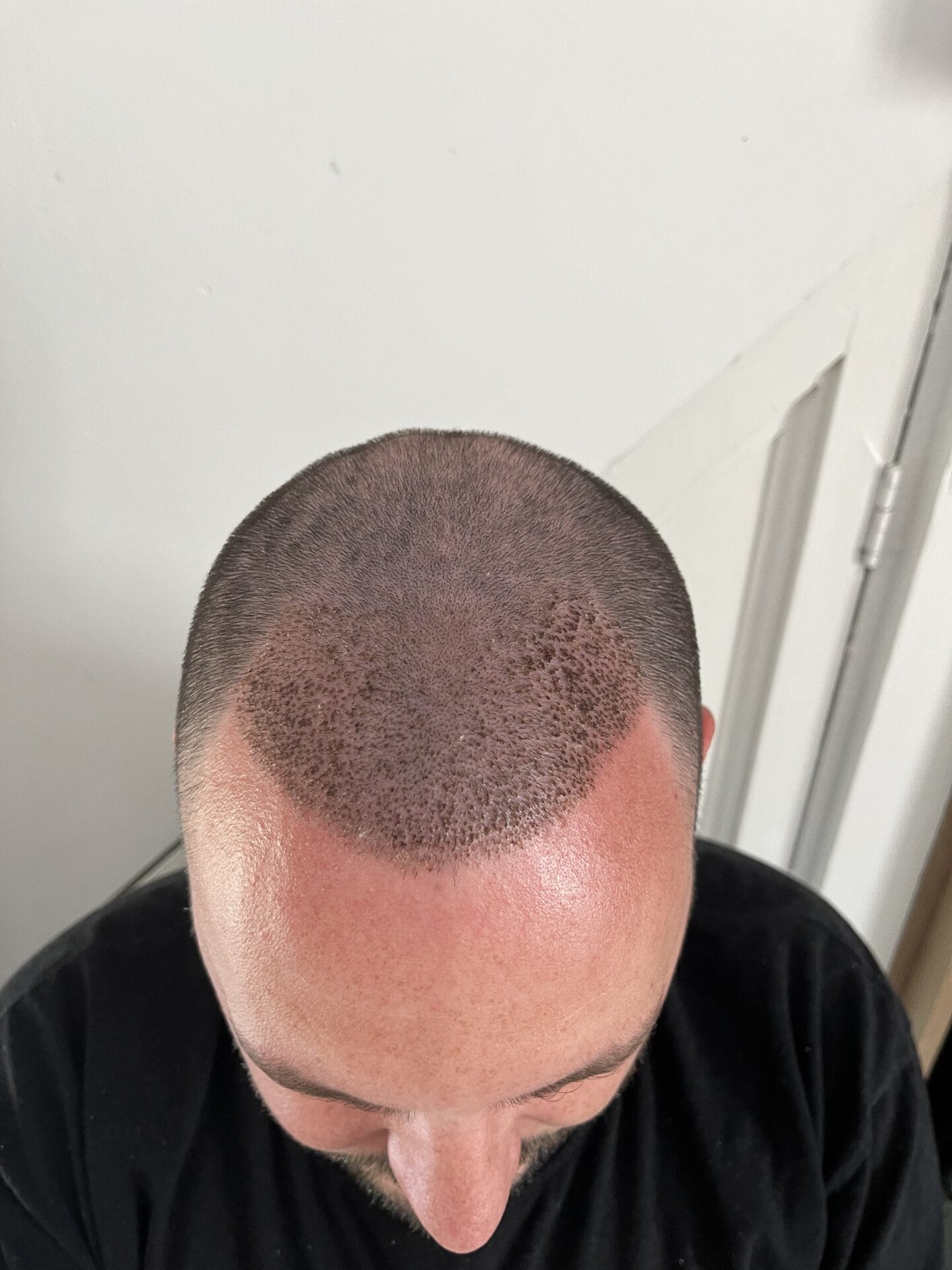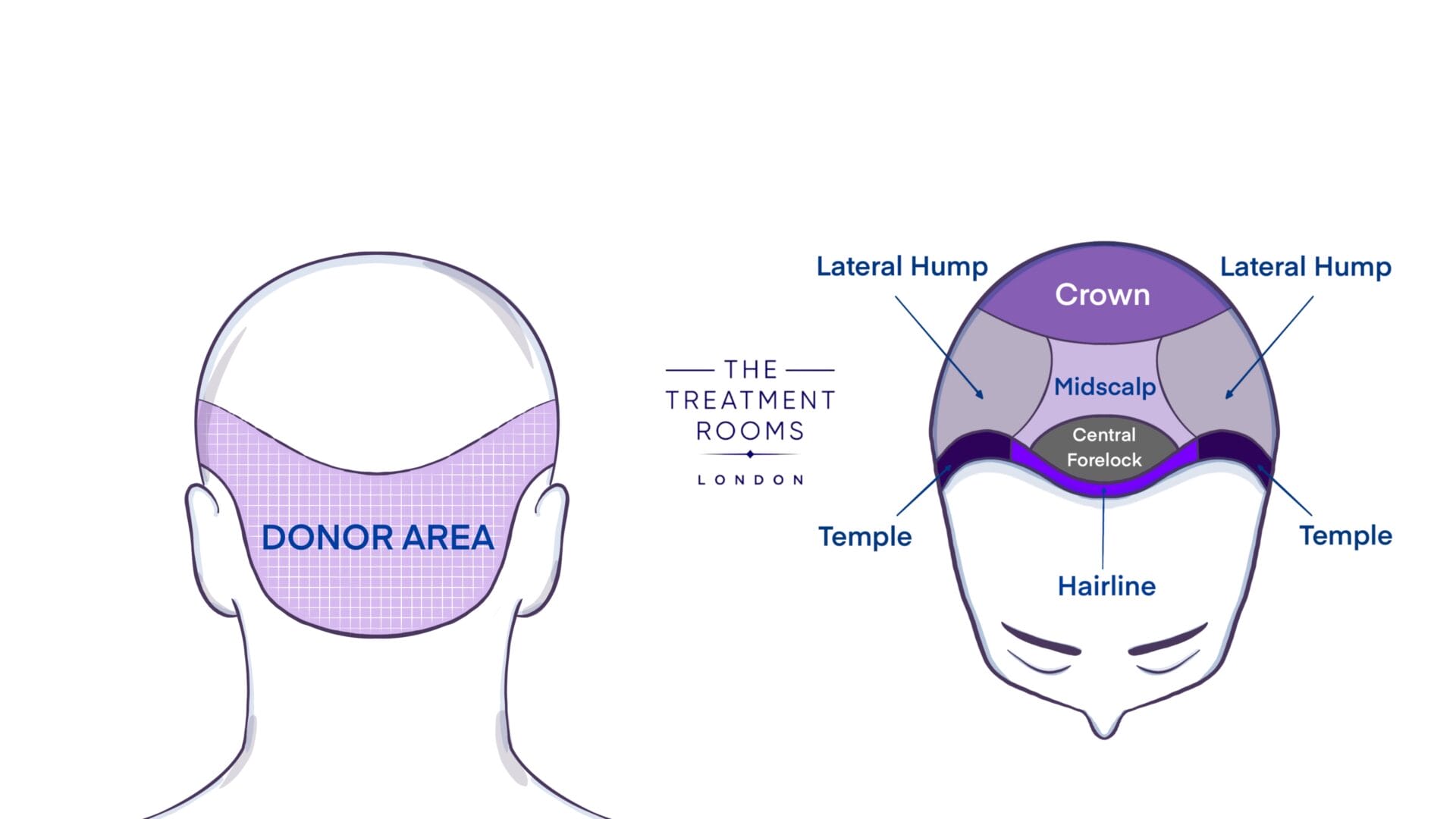Hair Transplant Tips
Female Hair Transplant Guide
If you’re a female experiencing hair loss you may be considering getting a female hair transplant. We understand that each woman’s hair loss journey is unique, which is why we’ve compiled this in-depth resource to help you make informed decisions about your hair restoration options. Whether you’re dealing with genetic factors, hormonal changes, or other…
Read MoreWhen Can I Remove Scabs After Hair Transplant?
Hair transplant surgery involves transplanting hair follicles from elsewhere on the body into the scalp. This either involves the FUE or FUT hair transplant technique. When implanting hair into a new area, it leave tiny cuts that heal similarly to other wounds on the body. It’s normal to notice red scabs after a hair transplant…
Read MoreCan You Get a Hair Transplant in Your 20s?
Hair loss is usually associated with ageing. It’s understandably disconcerting to notice hair loss at 20. Yet, hair loss can occur as early as 17 and continue throughout life. For younger men, this loss of hair can lead to problems with confidence and self-esteem. Hair transplants offer a potential solution. The procedure involves extracting hair…
Read MoreWhen Can I Shave My Head After Hair Transplant?
A hair transplant is a viable treatment for restoring hair in patients with receding hairlines or balding crowns. People are often concerned about their appearance immediately following the procedure. The transplanted hair can appear odd to look at, especially as it scabs over. It’s also unusual that some areas have hair while others appear to…
Read MoreMicroneedling After Your Hair Transplant – When Can You Start?
Quick Summary: Microneedling After Your Hair Transplant – When Can You Start? Hair transplants are life-changing procedures that can restore hair and confidence for individuals with hair loss. Although the surgery itself is a vital first step, post-operative care significantly influence the long-term success of the procedure. One interesting post-transplant therapy is microneedling. Microneedling has…
Read MoreWhen Do Scabs Fall Off After Having a Hair Transplant?
Scabs after a hair transplant are a normal consequence of the procedure. Patients should not be alarmed if they notice the implanted hair follicles scab over temporarily. These scabs might appear like small, dried-up spots of blood. After the scalp heals over 7-10 days, they will eventually fall off, leading to normal hair growth. There…
Read MoreCan You Get a Hair Transplant in Your 40s?
Quick Summary: Can You Get A Hair Transplant In Your 40s? Understanding Age and Hair Loss Age is the most important risk factor for hair loss1. As we age, most men experience some thinning of their hair. Usually, this begins in the temples and crown. The hairline might start to recede, creating the characteristic “M”…
Read MoreWhen Is It Safe to Get a Haircut After Hair Transplant Surgery?
Quick Summary: Timing Your First Haircut After a Hair Transplant Understanding Recovery: It’s crucial to allow time for the scalp and new grafts to heal properly before considering any hair cutting or styling. First Haircut Timeline: Generally, you may consider a gentle scissor cut two weeks post-surgery, but it is safer to wait longer for…
Read MoreHairline Lowering Surgery: Everything You Need To Know
A high hairline can make the forehead appear larger, and can make some individuals feel self-conscious. Hairline lowering surgery, also known as forehead reduction surgery, is a solution that provides a more balanced facial appearance by reducing the distance between the eyebrows and the hairline. This blog will explore the intricacies of hairline lowering surgery,…
Read MoreWhere Can You Take Hair for a Hair Transplant?
People who opt for a hair transplant have thinning hair on one part of their body – usually the scalp’s hairline, temples or crown. To rectify the issue, a surgeon removes hair from another part of the body called the donor area, inserting it into the balding or thinning area. Surgeons will choose regions where…
Read More









